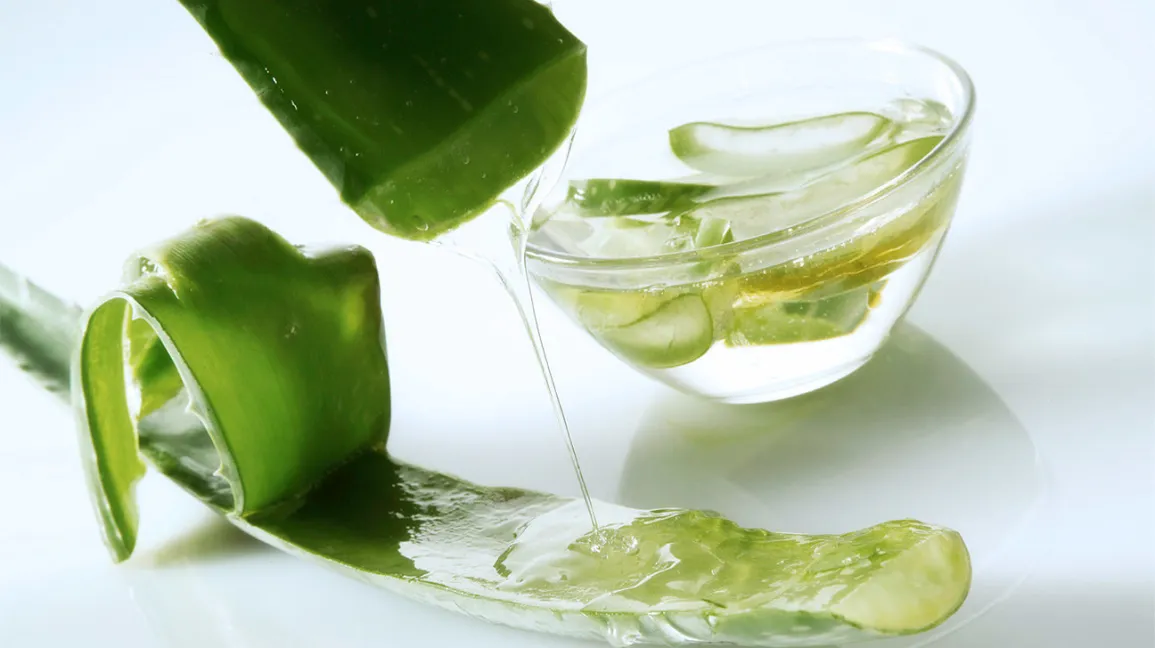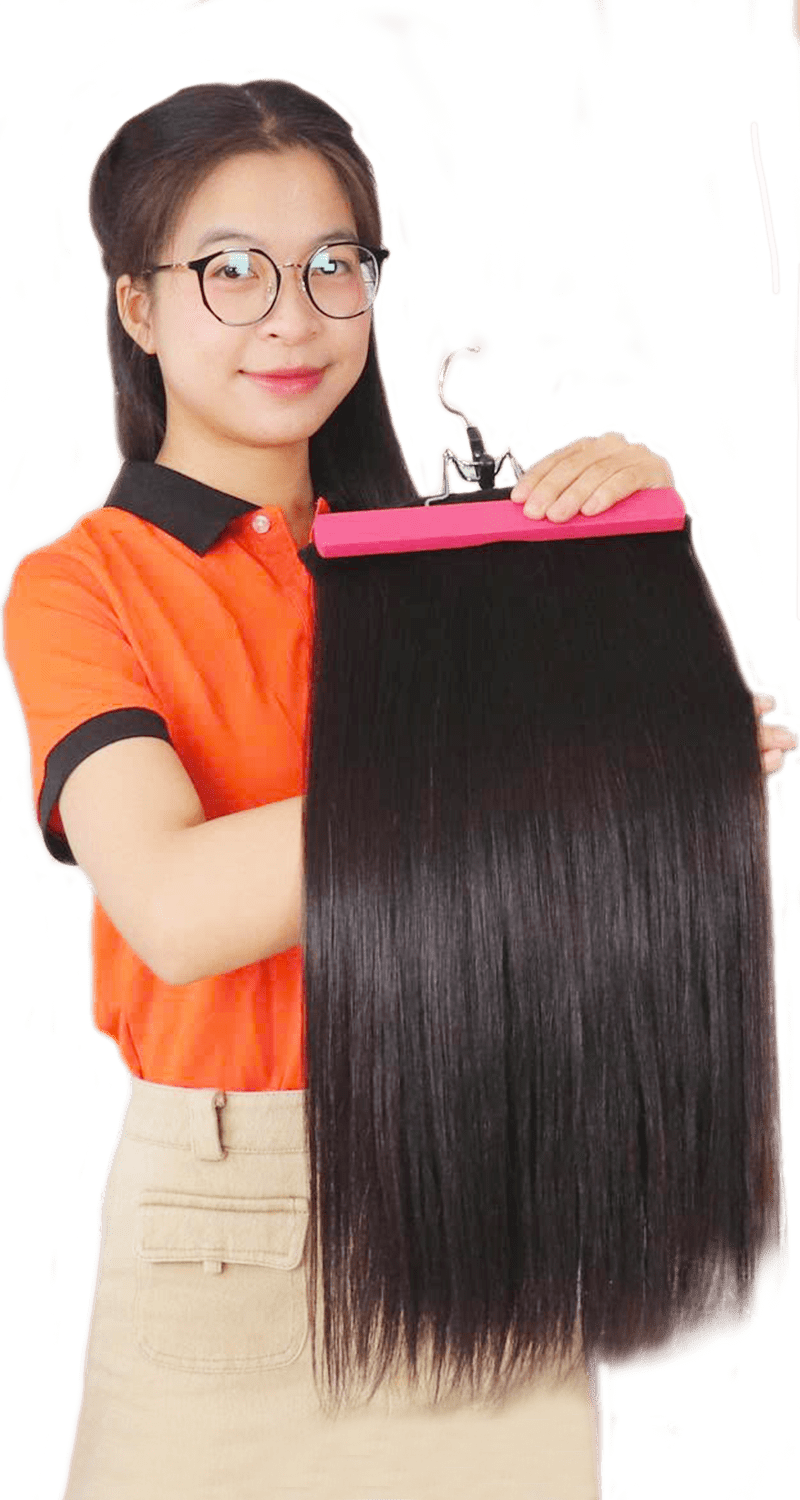Unlock the secret to luscious locks and a healthy scalp with this simple yet powerful DIY Aloe Vera Hair Mask. Dive into the world of natural hair care as we explore the wonders of Aloe Vera, a timeless botanical treasure cherished for its nourishing properties. Say goodbye to dryness, frizz, and scalp irritation, and hello to silky smooth strands and a revitalized scalp. Join us on this journey to healthier hair, starting right in your own kitchen!
I. What Are The Benefits of Aloe Vera Hair Mask?
Aloe vera is a versatile plant known for its numerous benefits for skin, hair, and overall health. When used as a hair mask, aloe vera offers several advantages:

- Moisturizing: Aloe vera is rich in water content, which helps hydrate the hair, making it softer and more manageable. It can be especially beneficial for dry hair.
- Scalp Health: Aloe vera has natural anti-inflammatory and antimicrobial properties, which can help soothe irritated scalp conditions such as dandruff or itching. It also helps in maintaining the pH balance of the scalp, promoting a healthier environment for hair growth.
- Hair Growth: Some research suggests that aloe vera may stimulate hair growth by increasing blood circulation to the scalp and providing essential nutrients to hair follicles.
- Strengthens Hair: Aloe vera contains vitamins and minerals such as vitamins A, C, and E, which nourish the hair and strengthen the hair shaft, reducing breakage and split ends.
→ Regular use of aloe vera hair masks can enhance the natural shine and luster of the hair, giving it a healthier appearance. Not only that, this natural ingredient has a slippery texture, which can help in detangling hair without causing breakage or damage. Want to find out more about the benefits of aloe vera for hair? Explore via our dedicated blog now: Aloe Vera for Your Hair: The Key To Achieving Hair Perfection.
II. Who Should Use Aloe Vera Hair Mask?
Aloe vera is a natural ingredient, free from harsh chemicals and additives, making it suitable for all hair types, including sensitive scalp. Aloe vera hair masks can be beneficial for various hair types and concerns. Here’s who might benefit from using an aloe vera hair mask:
1. Dry or Damaged Hair

Aloe vera is known for its moisturizing properties. If you have dry or damaged hair from heat styling, chemical treatments, or environmental factors, an aloe vera mask can help hydrate and nourish your hair, restoring its softness and shine. Not only that, aloe vera also can help repair sun-damaged hair by moisturizing and nourishing it from root to tip.
2. Frizzy Hair

Aloe vera can help smooth down frizz and flyaways, promoting a sleeker appearance. It can also help improve the overall manageability of your hair, making styling easier.
3. Scalp Issues

If you have a dry scalp, itchy scalp, or irritated scalp, using an aloe vera hair mask can provide soothing relief. Aloe vera has anti-inflammatory properties that can help calm scalp irritation and reduce itching.
4. Thin or Limp Hair
Aloe vera contains enzymes that can promote healthy hair growth. Using aloe vera on your hair and scalp can help strengthen hair follicles and add volume to thin or limp hair.
5. Color-Treated Hair
If you have color-treated hair, using an aloe vera hair mask can help maintain the vibrancy of your color while keeping your hair hydrated and healthy-looking.
III. How To Make A DIY Aloe Vera Hair Mask?
It’s essential to remember that everyone’s hair is different, so it’s a good idea to do a patch test before using any new hair care product, including aloe vera masks, to ensure you don’t have any adverse reactions. Now let’s see how to make a DIY aloe vera hair mask!
1. DIY Aloe Vera Hair Mask Ingredients

- An aloe vera leaf or store-bought aloe vera gel
- An occlusive oil of your choosing. We recommend coconut oil, olive oil, or argan oil.
- Apple cider vinegar or Tea tree oil (If you focus on your scalp health and looking to treat dandruff)
- If your hair is extra dry, consider adding eggs, yogurt, or another oil in addition to the one you already picked
2. DIY Aloe Vera Hair Mask Instructions

If you decide to get an aloe leaf, you will need to extract the gel contents of the leaf. Mix 3-4 tablespoons of the aloe vera gel with 6-8 tablespoons of your preferred oil at room temperature. Stir the mixture until you reach a paste-like consistency. If you’re using essential oils, add a few drops to the mixture and stir again.
IV. How To Apply DIY Aloe Vera Hair Mask?

1. If Your Goal Is Hair Health:
- Section the hair: Section the hair into 2-inch sections to ensure the mask is evenly distributed.
- Application: Apply the mixture to your hair, starting from the roots and working your way to the tips. Make sure to coat your hair evenly.
- Massage: Apply the remaining mask to the scalp. Then gently massage your scalp for a few minutes to stimulate blood flow and promote absorption of the mask’s nutrients.
- Time to Rest: Once your hair is fully coated, cover it with a shower cap or towel to trap heat and enhance penetration. Leave the mask on for 30 minutes to an hour.
- Rinse: After the desired time has passed, rinse your hair thoroughly with lukewarm water. You may need to shampoo your hair twice to remove all traces of the mask.
2. If You're Targeting Scalp Health And Dandruff:
- Start by applying the mask directly to a clean scalp.
- Apply the remaining mask to the rest of the hair, focusing on the middle to ends.
- Repeat steps three, four, and five above.
V. Conclusion
Incorporating a DIY Aloe Vera Hair Mask into your hair care routine can be a game-changer for achieving healthier, more nourished hair and scalp. Aloe vera’s natural properties, such as its moisturizing, soothing, and healing abilities, make it an excellent choice for anyone looking to revitalize their locks. Whether you’re dealing with dryness or dandruff, or simply want to boost your hair’s overall health, this simple and affordable hair mask can make a world of difference. So why not give it a try? Your hair will thank you for the love and care!


 BEST SELLING PRODUCTS
BEST SELLING PRODUCTS Wig Hair
Wig Hair WHOLESALE
WHOLESALE Contact us
Contact us Sale Events
Sale Events
